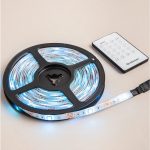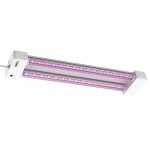LED: A Revolutionary Invention by Oleg Losev for EnergyEfficient Lighting
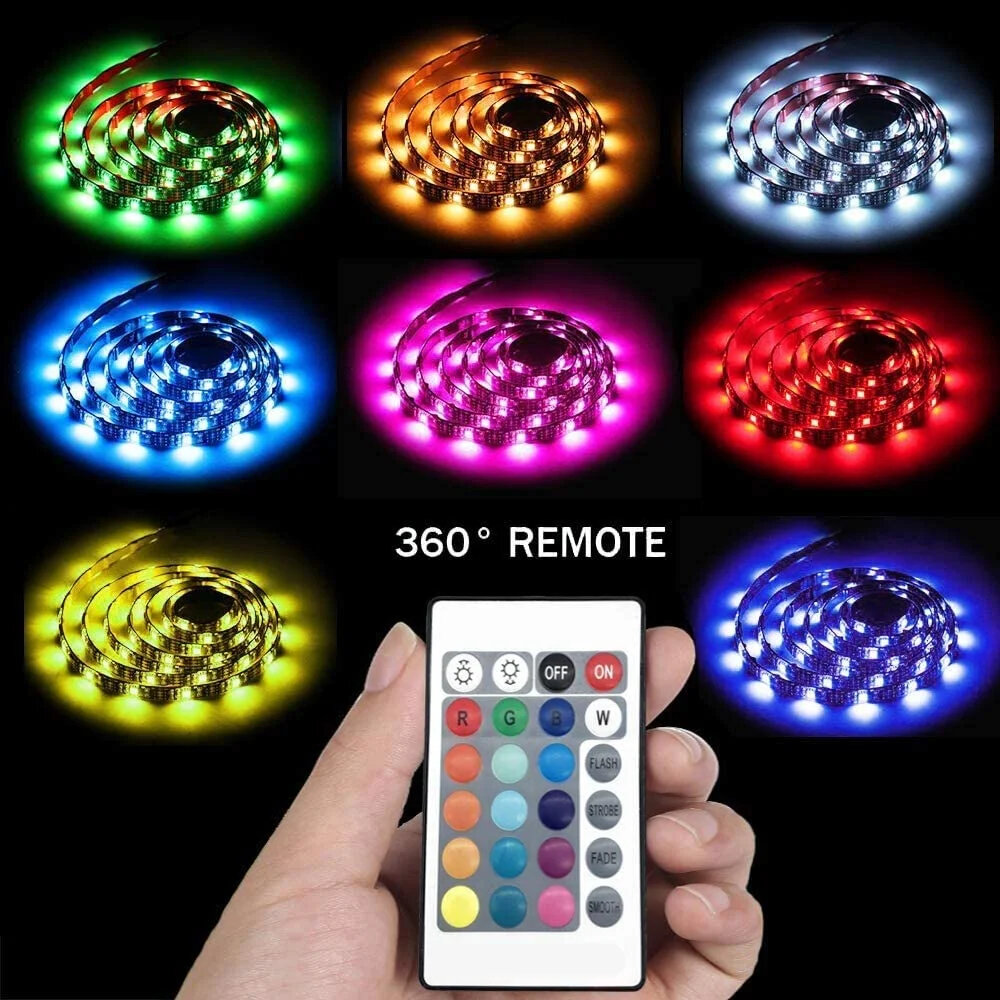
Light emitting diodes (LEDs) have revolutionized the way we light up our homes, streets, and businesses. This invention has surpassed the traditional incandescent and fluorescent bulbs in terms of energy efficiency, durability, and versatility. The invention of LEDs dates back to the early 1920s when the Russian scientist Oleg Losev first discovered the phenomenon of light emission from a semiconductor material. However, it was not until the 1960s that practical applications of this discovery were explored. Since then, the development of LEDs has progressed at an astonishing pace, and they are now widely used in a range of applications, from tiny indicator lights to large-scale street lighting. The energy efficiency of LEDs is one of their most significant advantages. Compared to traditional lighting systems, LEDs consume much less power and produce less heat. This means that they are not only more environmentally friendly, but also more cost-effective. LEDs use up to 90% less energy than incandescent bulbs and up to 50% less than fluorescent bulbs. In addition, they have a much longer lifespan, with some LEDs lasting up to 100,000 hours. This means that they require less maintenance and replacement, which ultimately saves money and reduces waste. With such impressive energy efficiency and durability, it is no wonder that LEDs are becoming the preferred lighting solution for many households and businesses.
Light Emitting Diodes, commonly known as LEDs, are electronic devices that emit light when an electric current is passed through them. This technology is based on the principle of electroluminescence, a phenomenon in which a material emits light in response to an electric current. LEDs are made up of semiconductor materials that are doped with impurities to create a p-n junction. When an electrical voltage is applied across the p-n junction, electrons and holes recombine, releasing energy in the form of photons. LEDs are highly efficient, durable, compact, and have a long lifespan, making them a revolutionary invention in the field of energy-efficient lighting. They are widely used in various applications, including lighting, displays, indicators, and automotive lighting, among others.
The invention of LED, or light-emitting diode, has revolutionized the lighting industry with its energy-efficient and long-lasting characteristics. The history of LED dates back to the early 1900s when the concept of electroluminescence was first discovered. However, it was not until the 1920s that Oleg Losev, a Russian scientist, conducted extensive research on semiconductor materials and their ability to emit light. In the 1930s, Losev published numerous papers on his findings, including the first detailed analysis of LED technology. Although Losev’s work went largely unnoticed at the time, his research laid the foundation for the development of modern LEDs and earned him the title of the father of LED technology. Today, LED lighting is used in a wide range of applications, from residential and commercial lighting to automotive and medical devices.
How LED Works
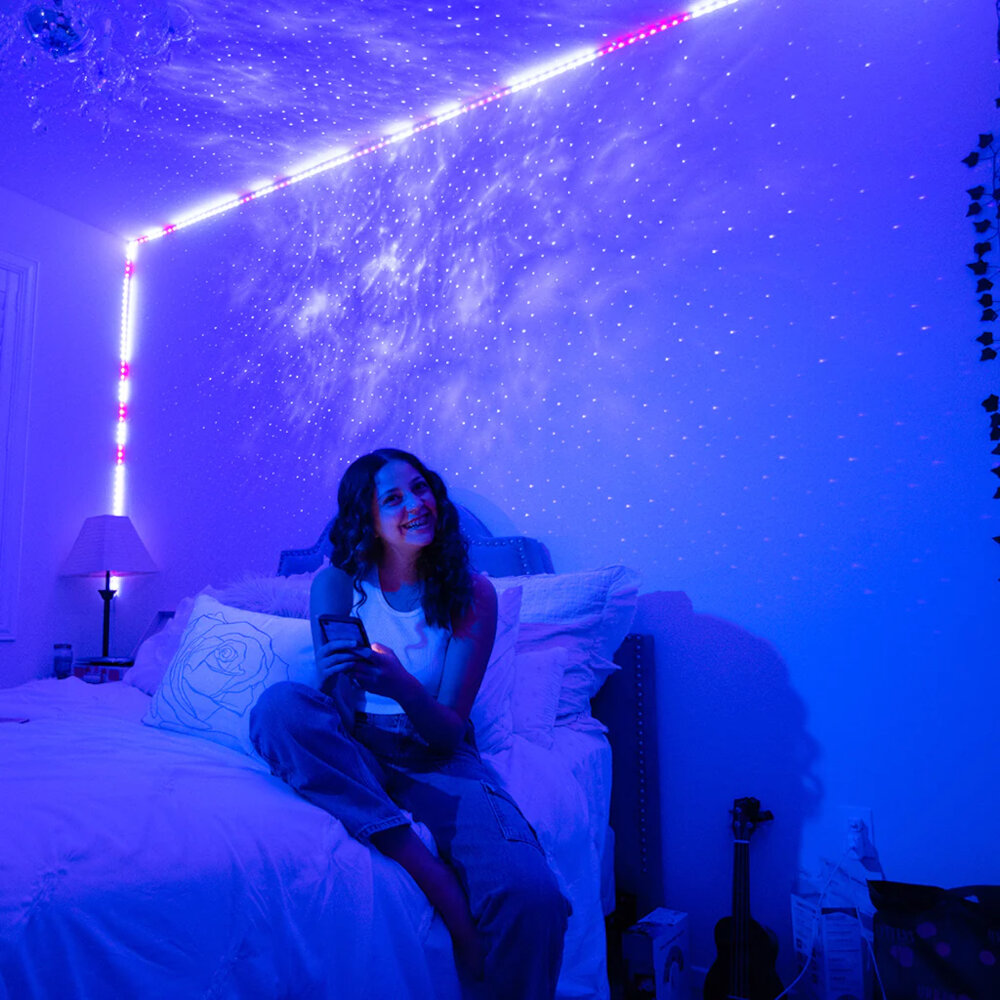
Light Emitting Diodes (LEDs) are a revolutionary invention that has transformed the world of lighting. They are energy-efficient, long-lasting, and versatile. But how do they work? LEDs emit light through a process called electroluminescence. When a voltage is applied to the diode, electrons and holes combine, releasing energy in the form of photons. The color of the light emitted depends on the type of material used to make the diode. For example, red LEDs are made from aluminum gallium arsenide, while blue LEDs are made from indium gallium nitride. One of the key advantages of LEDs is their energy efficiency. Unlike traditional incandescent bulbs, which convert only a small percentage of the energy they consume into light, LEDs are able to convert up to 90% of their energy into light. This means that they use significantly less energy to produce the same amount of light as traditional bulbs, resulting in lower electricity bills and a reduced environmental impact. Additionally, LEDs have a much longer lifespan than traditional bulbs, lasting up to 25 times longer. This means that they don’t need to be replaced as often, further reducing their environmental impact and saving consumers money in the long run. Overall, LEDs are a game-changing technology that have the potential to transform the way we light our homes, businesses, and cities.
LED technology is based on the principle of electroluminescence, a phenomenon where a material emits light in response to an electric current passing through it. In LEDs, a semiconductor material is used as the source of light. When an electric current is applied to the semiconductor, it excites the electrons within the material, causing them to jump from their lower energy level to a higher energy level. As the electrons return to their original energy level, they emit photons, which are particles of light. The color of the light emitted depends on the properties of the semiconductor material used. LED technology is highly efficient, as it converts most of the electrical energy into light, reducing the amount of energy wasted as heat. Additionally, LEDs have a much longer lifespan than traditional incandescent bulbs, making them a more sustainable choice for lighting.
When it comes to lighting, LED technology has revolutionized the industry. Compared to traditional lighting methods, such as incandescent and fluorescent bulbs, LED lights are not only more energy-efficient but also longer-lasting. LEDs use up to 80% less energy than traditional bulbs, which translates into significant cost savings for consumers and businesses alike. Additionally, LED lights have a longer lifespan, lasting up to 25 times longer than traditional bulbs. This means less maintenance and replacement costs. Furthermore, LED lights are more environmentally friendly as they do not contain hazardous materials like mercury. LED technology has truly transformed the lighting industry, making it more cost-effective, energy-efficient, and environmentally sustainable.
LED lighting is a revolutionary invention that has transformed the lighting industry. LED stands for Light Emitting Diode and has many advantages over traditional lighting sources. Firstly, LED lighting is energy-efficient and can save up to 80% of energy compared to incandescent bulbs. Secondly, they have a longer lifespan, up to 50,000 hours or more, which reduces maintenance costs. Additionally, LED lights are environmentally friendly as they do not contain harmful chemicals such as mercury, which is commonly found in fluorescent bulbs. They also emit less heat, making them safer to use. Finally, LED lights are versatile and can be used in a variety of settings, from indoor lighting to outdoor street lights. Overall, LED lighting is a game-changer in the lighting industry and offers numerous benefits to consumers and the environment.
Applications of LED Lighting
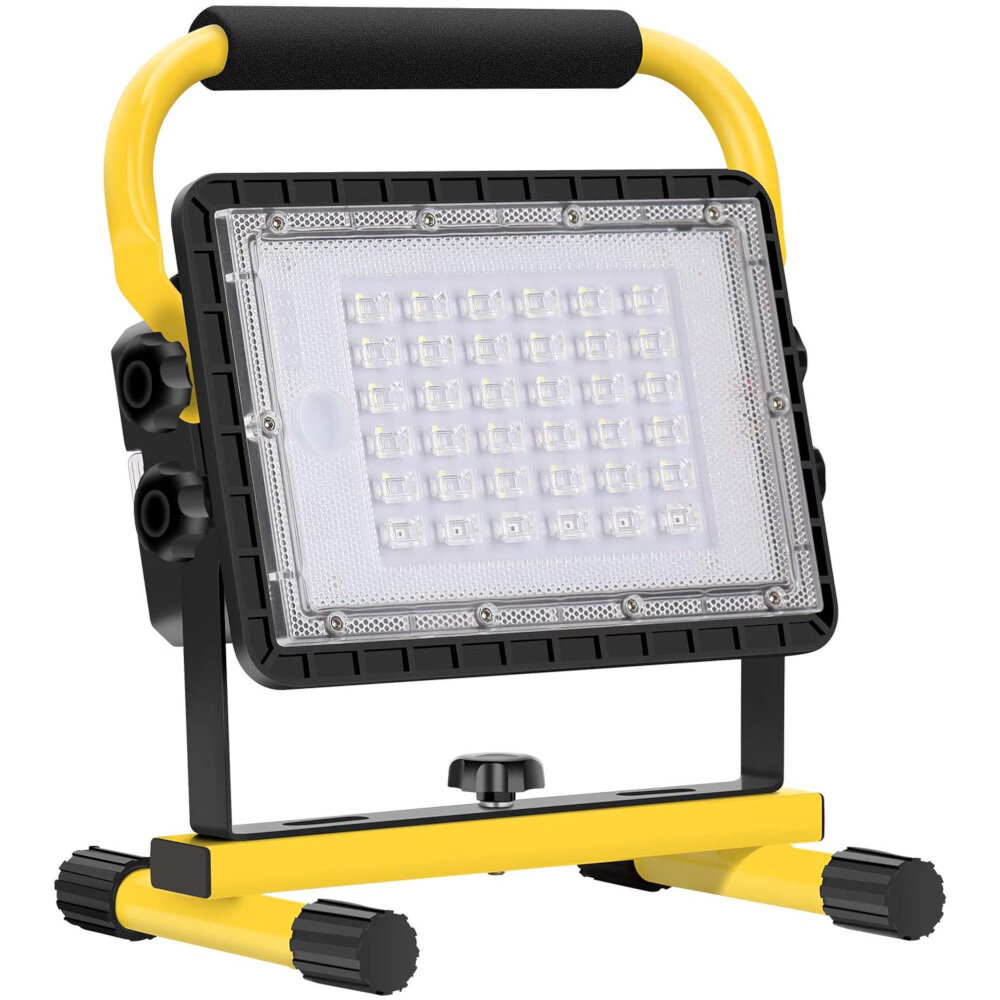
LED lighting has revolutionized the lighting industry by providing energy-efficient and cost-effective lighting solutions. The applications of LED lighting are vast and diverse, ranging from residential to commercial, industrial, and outdoor lighting. In the residential sector, LED lighting is commonly used in homes for task lighting, accent lighting, and decorative lighting. LED bulbs are also used in light fixtures such as table lamps, floor lamps, and chandeliers. In the commercial and industrial sectors, LED lighting is widely used for general lighting, task lighting, and outdoor lighting. LED lighting is commonly used in offices, hospitals, schools, warehouses, and factories. LED lighting is also used for street lighting, parking lot lighting, and sports lighting. The use of LED lighting in these applications has resulted in significant energy savings and reduced maintenance costs. Additionally, LED lighting has a longer lifespan than traditional lighting sources, reducing the need for frequent replacements and reducing waste. Overall, the widespread use of LED lighting has had a significant impact on energy consumption, cost savings, and environmental sustainability.
LEDs have revolutionized lighting in both residential and commercial buildings. Compared to traditional incandescent bulbs, LEDs are far more energy-efficient and have a longer lifespan. They are also much brighter, more durable, and offer greater flexibility in terms of color and design. In homes, LED lights are used in a variety of settings, from accent lighting to task lighting, and can be installed in fixtures or as standalone pieces. In commercial buildings, LEDs are commonly used in high-ceiling environments, such as warehouses and factories, as well as in offices, retail stores, and outdoor spaces. Additionally, the use of LED lighting has led to significant reductions in energy costs and has helped to reduce carbon emissions, making it a sustainable choice for both residential and commercial settings.
The use of Light Emitting Diodes (LEDs) has significantly transformed the automotive industry and traffic control systems. LEDs are brighter, more energy-efficient, and longer-lasting than traditional incandescent bulbs used in automobiles and traffic signals. They provide a more intense and focused light that improves visibility and safety on the road. Additionally, LEDs are highly versatile and can be used in a variety of lighting applications, including headlights, taillights, brake lights, and turn signals. In traffic signals, they provide a clear and visible indication of when to stop and go, reducing the risk of accidents and improving traffic flow. With the growing demand for energy-efficient lighting solutions, LEDs continue to be a revolutionary invention that has transformed the way we light our cities and move on our roads.
Light Emitting Diodes (LEDs) have revolutionized the way we use electronic devices, from televisions to smartphones. The use of LEDs has become increasingly popular due to their energy efficiency and long lifespan. LEDs are not only used in electronic devices for lighting purposes but also for display purposes, providing greater clarity and resolution. The advancement in LED technology has also allowed for the creation of flexible and curved displays, giving manufacturers even greater flexibility in creating innovative and stylish designs. With their low power consumption and durability, LEDs are becoming the go-to technology for a range of electronic devices, offering a more sustainable and cost-effective solution for both manufacturers and consumers.
Future of LED Lighting
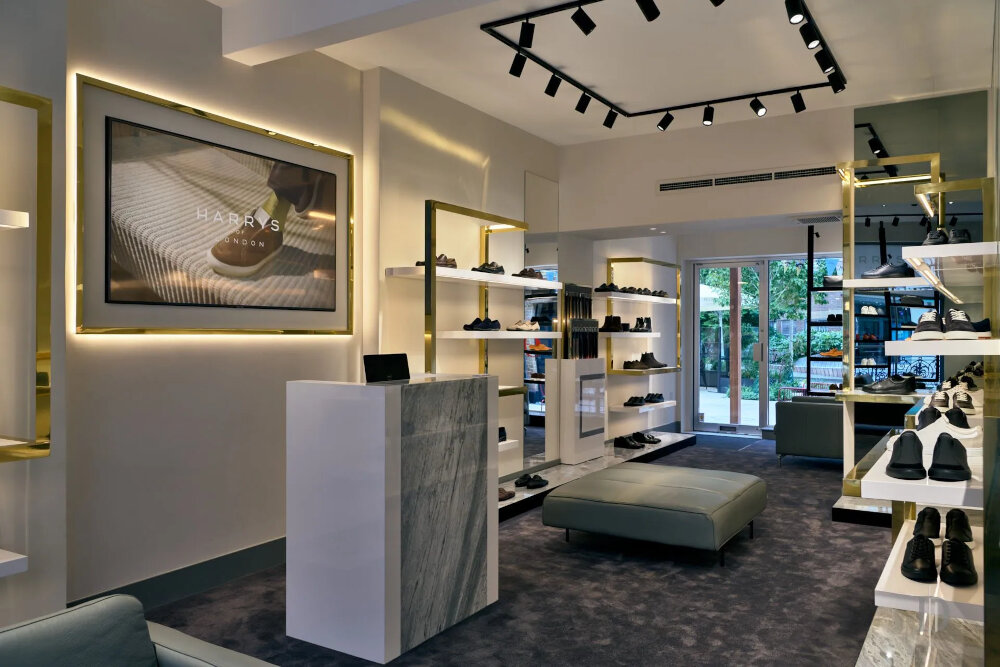
The future of LED lighting is bright, quite literally. LED technology is continuously evolving, and advancements are being made to improve energy efficiency, durability, and overall performance. With the increasing demand for energy-efficient lighting, LED lighting is becoming the go-to option for consumers and businesses alike. LED lights consume less energy and last longer than traditional lighting options, making them an attractive choice for those seeking to reduce their carbon footprint and save on energy costs. LED technology is also being integrated into smart home systems, allowing homeowners to control their lighting remotely and set schedules for their lights to turn on and off automatically. This level of customization and control not only adds convenience but also helps reduce energy waste by ensuring lights are only on when needed. As LED technology continues to evolve, it is likely that we will see even more innovations in the future, including improved color rendering, increased efficiency, and even lower costs. With their numerous benefits and ever-evolving technology, it is clear that LED lighting is here to stay and will continue to transform the way we light our homes, businesses, and communities.
LED technology has already revolutionized the lighting industry, but the potential for continued advancements in this field is vast. With ongoing research and development, the efficiency, brightness, and color accuracy of LED lights can improve even further. Additionally, as more applications for LED technology emerge, such as in agriculture and medicine, there will be a need for specialized LED lighting solutions. The integration of smart technology and the Internet of Things will also allow for greater control and customization of LED lighting systems. As a result, the future of LED technology is a promising one, with endless possibilities for energy-efficient and innovative lighting solutions.
The emergence of Light Emitting Diodes (LEDs) has revolutionized the world of energy-efficient lighting, and this innovative technology has played a vital role in the fight against climate change. LEDs are designed to consume significantly less energy than traditional lighting, and they are long-lasting, durable and eco-friendly. By replacing traditional lighting sources with LEDs, individuals and businesses can reduce their carbon footprint, lower their energy bills, and contribute to the reduction of greenhouse gas emissions. Additionally, LEDs do not contain hazardous materials, such as mercury, which is often found in compact fluorescent lamps, making them a safer and more sustainable alternative. Overall, the adoption of LED technology represents a crucial step towards a greener future and a more sustainable world.
The future of LED lighting looks bright, as this revolutionary invention has already proven to be a game-changer in the lighting industry. With its energy-efficient properties and long lifespan, LED lighting is predicted to become even more popular in the coming years. As technology continues to advance, we can expect to see even more innovative designs and applications for LED lighting, such as smart lighting systems that can be controlled by smartphones or voice commands. LED lighting is also expected to become more affordable and accessible, making it a viable option for both residential and commercial use. With its ability to save energy, reduce costs, and provide a high-quality lighting experience, it’s clear that LED lighting will continue to shine bright in the future.
The invention of Light Emitting Diodes (LED) has revolutionized the lighting industry by providing energy-efficient and long-lasting lighting solutions. LED technology is widely used in various applications, including residential, commercial, and industrial settings. This breakthrough technology has not only saved energy but also reduced carbon footprint and contributed towards sustainability. Oleg Losev, a Russian scientist, is credited with the invention of LED technology in 1927. Despite facing opposition and lack of recognition during his lifetime, Losev’s invention has paved the way for significant advancements in the lighting industry and has contributed to a greener future.
LED lighting technology has revolutionized the lighting industry, and its potential impact on the future of lighting and energy efficiency is significant. LED lighting is more energy-efficient, cost-effective, and eco-friendly compared to traditional lighting methods. It has a longer lifespan, requires less maintenance, and emits less heat, making it a safer option. LED lights also give off a brighter light, which can improve visibility and overall user experience. As more and more industries adopt LED lighting, it will undoubtedly lead to a reduction in energy consumption, lower carbon emissions, and lower costs for both consumers and businesses. The future of lighting is undoubtedly LED, and we can expect to see a continued growth in its adoption in the years to come.
Conclusion
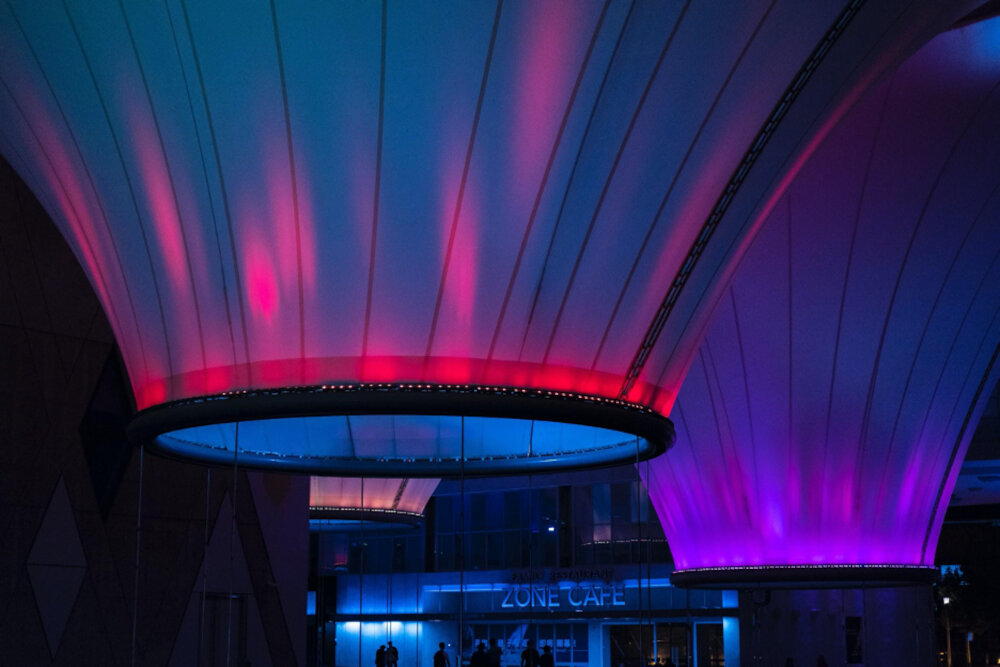
In conclusion, LED or Light Emitting Diode is undoubtedly a revolutionary invention by Oleg Losev that has transformed the lighting industry. Its energy-efficient properties have made it a preferred choice for lighting solutions worldwide. The technology has seen remarkable advancements over the years, making LED lighting more affordable, versatile, and long-lasting. This invention has not only helped in reducing energy consumption and protecting the environment but has also improved the quality of lighting and its application in various industries. Its potential is vast, and with further research and development, LED lighting could become an even more significant player in the future of sustainable lighting solutions.


